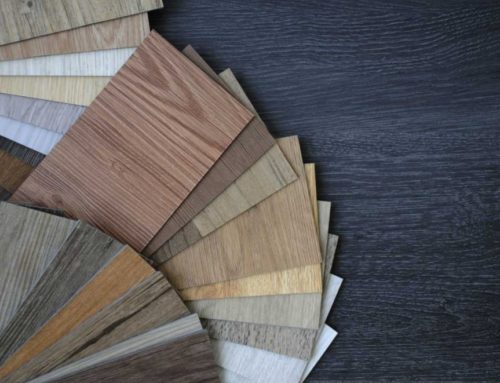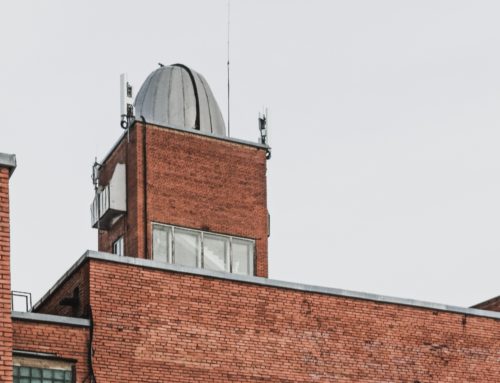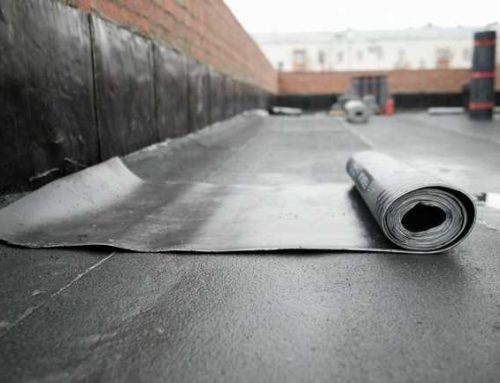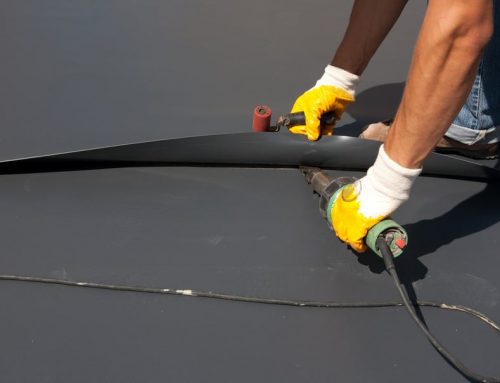We’re used to plenty of rain here in the UK, so the last thing you want in unpredictable wet and windy weather is a leak in your roof.
Roofing can spring a leak for all sorts of reasons, from clogged gutters to a cracked chimney or missing roof tiles, but whatever the reason, it’s vital to get any leaks fixed as soon as possible to prevent further damage to your roof or the interior of your home. A damp home can lead to structural damage, as well as a host of health issues, but luckily there’s plenty you can do to help prevent roof leaks in the future.
Whether your roofing has spring a leak, or you’re looking for ways to prevent leaks in the future, see our guide to what can cause a leaky roof and how to reduce the chances of it happening.
What can cause a leak in your roof?
There are many things that can cause a leak in your roof, from structural issues to good old fashioned nature. Whatever the cause, any leaks can be easily solved by a roofing specialist, but it’s a good idea to know what to look out for.
Cracked flashing
Roof flashing is essential to prevent leaks seeping through, and it acts as a sealant in between roof joints and under shingles to create a water resistant layer. Roof flashing is most commonly made from sheets of metal like copper or aluminium, held together by soldering or tar.
Naturally, if the flashing becomes cracked then the seal will be compromised and water could enter the building. Flashing can crack by being exposed to harsh wind and rain, or it can naturally corrode over time so it’s a good idea to check the state of your roof flashing every year or so.
Cracked or missing shingles
Missing shingles or roof tiles should be relatively easy to spot, especially if your tiles are a lighter colour. You might be able to identify patches of the roof that are different in colour, or even find the missing tiles in your garden. Again, bad weather can cause roof shingles to become damaged or ripped off altogether, so it’s worth performing a roof check after a particularly heavy storm or bout of bad weather.
Missing or cracked roof shingles expose your property to the elements, and even a small gap can lead to permanent damage to your home if left unattended. Shingles form a protective barrier against leaks and moisture, so if there’s a gap, even a small amount of rain can permeate the inside of your house.
Clogged gutters
It might seem unrelated, but clogged gutters can cause water to leak through small cracks in your roof if not regularly maintained. The purpose of gutters is to help water travel away from the roof; allowing it to flow into the gutters and then away from the property via a drainpipe. If gutters are full, then water doesn’t have the opportunity to drain away so it can pool in one area of the roof and lead to leakages.
Skylight issues
A skylight can provide much needed air and natural light to a loft or attic, but if it hasn’t been installed properly it can cause leaks around that area of your roof. A leak for this reason is usually pretty easy to spot, as it’s likely you’ll be using the loft area regularly. Damp patches and wet spots on the walls or floor around the skylight indicate gaps in the installation, but wet spots at the top of the skylight could mean an issue with the roof flashing.
Cracked chimney
Cracks in your chimney can occur in either the chimney crown (the cement part on top of the chimney), or in the flashing around the base. Both can cause water, ice or snow to leak through and penetrate the roof. Chimney repairs can be particularly complicated, so it’s important to call a professional if you notice any signs of chimney damage.
Age
It’s a pain, but sometimes leaks in your roof are caused by nothing more than old age. Your roof is continually exposed to the elements, and over time the materials can wear down, disintegrate and become less effective at forming a watertight barrier. Fluctuations in temperature and harsh weather can cause roof materials to become brittle and prone to cracking, and particularly hot temperatures can even melt the tar sealing the shingles and flashing together.
If the damage is extensive then it may be best to replace the roof entirely to avoid costly regular repairs in the future.
How to prevent roof leaks
There’s no magical method to prevent leaks from ever occurring over time, but there is plenty you can do to extend the lifespan of your roof and make the chances of leaks far less likely. See below for a few ways to keep your roof in top condition and reduce the chances of it springing an unwanted leak.
Trim overhanging trees and branches
Overhanging tree branches and fallen leaves can cause more damage to your roof than you might think; heavy branches falling could knock tiles loose, and a buildup of damp leaves can attract algae and mould which weaken your roof’s structure.
It’s as simple to manage as trimming any large branches that hang over your roof (make sure you have permission) to prevent a build up of debris on your roof and gutters. This task can be dangerous so is best left to a professional roofing company or tree surgeon.
Replace shingles as soon as possible
It might sound obvious, but it’s vital to replace cracked or missing shingles as soon as you notice a problem, even if only a couple are missing. Shingles protect the roof’s underlayer from the elements, and even one missing tile can lead to serious water damage if a leak occurs. Don’t wait for signs of water damage inside your home; replace the missing shingles as soon as possible to save costly repairs and greater damage further down the line.
Maintain the gutters
As discussed, clogged gutters prevent water from draining away from the roof efficiently, which can lead to pools of water leaking through your roof. It’s a good idea to clear your gutters twice a year – once in late spring and again in early autumn, although this will vary depending on the area you live in and the amount of trees nearby!
Gutters full of rotting mulch and leaves can also attract pests and encourage mould, both of which can damage your roof further.
Pay attention to roof flashing
As mentioned, roof flashing is essential to form a watertight seal around shingles and any structure such as a chimney, skylight or vent. It’s wise to regularly inspect your roof flashing to make sure it forms a tight seal with no gaps or cracks. A professional roof inspection will be able to check the flashing for you and advise what to do next if there are any issues.
Don’t block ventilation
Your roof needs adequate ventilation to prevent a buildup of moisture weakening the roof’s structure. Condensation and excess moisture can build up in the attic if the roof isn’t properly ventilated, and if the heat builds up with nowhere to escape it can damage your shingles from the inside out. Proper ventilation will keep your attic cool, too, and can help reduce energy costs by regulating your home’s temperature.
Regular inspections
One of the best ways to maintain your roof and prevent/address leaks if necessary, is to hire a professional company to carry out regular roofing inspections. A trained professional will be able to spot problems that you might otherwise have missed, and solving issues before they escalate will dramatically improve the lifespan of your roof. It’s good practice to perform a roof inspection once a year, or sooner if you’ve suffered a big storm or bout of extreme weather.
If you need help to repair a leak in your roof, or if you’re looking for a professional roof inspection, get in touch with Cooper and Williams. Our roofing and flooring experts have all the expertise you need to identify and solve your roofing problems quickly and efficiently. Whether you need flat roof repair, replacement of missing shingles, chimney rebuilds, roofing products and more, we’re on hand to help. Give us a call today or visit our website to browse the full range of services.





